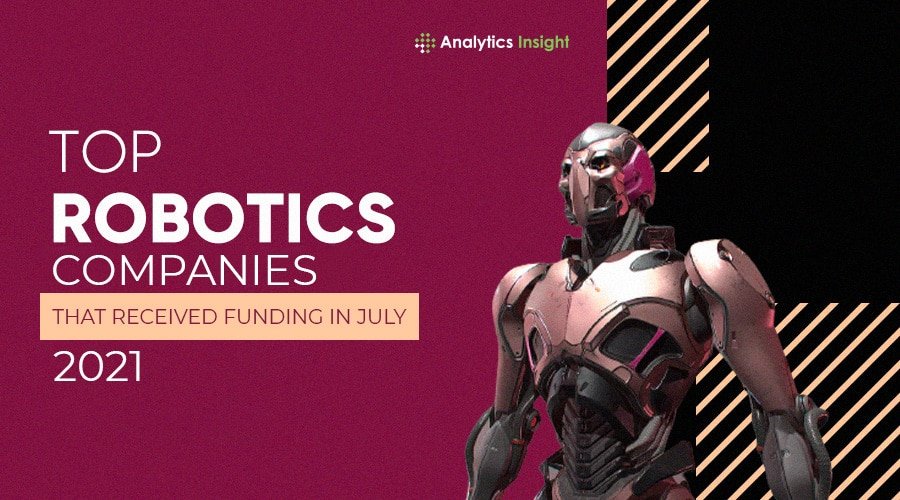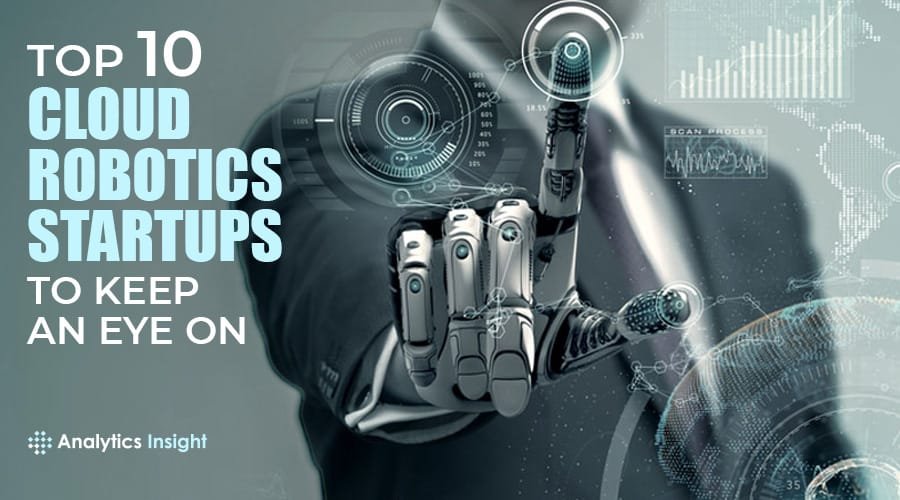Source: analyticsinsight.net
Advances in the field of robotics which is a mix of computer science, mechanical and electronics engineering, and science have implied that machines or related types of automation currently do the work of humans in a wide range of settings, for example, medicine, where robots perform medical procedures previously done by the surgeon’s hand. Robots have made it simpler and less expensive for employers to complete work. The drawback, in any case, is that some sensibly well-paying jobs that gave white-collar class work to people have become the area of machines.
The present workforce faces various challenges that employees even 10 years back didn’t need to consider, fighting with virtual colleagues (bots, automation, artificial intelligence), the beginning of a near 24-hour work cycle, greater levels of demands (both internal and external) thanks to social media.
Fortunately, there are alternative perspectives on how robotics will affect our businesses. The overwhelming conclusion of industry specialists is that automation doesn’t spell the end of gainful employment for humans, but instead, the improvement of employment opportunities.
There is clear proof that points towards robotic automation much of the time being a supplement for human work, instead of an immediate substitute. As progressively mundane tasks are automated, human effort turns out to be increasingly significant as it is centered around more significant level tasks, creativity, know-how and thinking,” says David Whitaker, Managing Economist at Cebr. “Robots are about efficiency, they don’t do creativity well overall and they don’t do things that include failure, which is at the core of any design process.”
The standard case of a work supplanting technology is robots in car manufacturing plants. Assembly lines, once consisting of a progression of stations where five or six laborers were liable for introducing or connecting a particular vehicle part to a frame before it went to the next station, frequently now include a progression of robotic appendages in place of humans.
Today, this technology has to a great extent replaced direct human effort in building a vehicle. History is packed with instances of these work uprooting technologies. New innovations, for example, the computer this piece was written on, have to a great extent dispensed with a few occupations that were once normal in the twentieth century, for example, the typing pool.
If advances in artificial intelligence (AI) and automation are intensely weighted towards these kinds of technologies, as some anticipate, the potential for generous dislodging of laborers and further disintegration of the labor share is very high. However, this is far from unavoidable. The advancement of technologies that encourage new tasks, for which people are more qualified, might potentially lead to improved future for laborers.
While the widespread introduction of computers into workplaces positively dislodged a large number of secretaries and typists, the new assignments in related enterprises implied new occupations, including computer technicians, software developers, and IT consultants.
Today you have a remarkable opportunity to be increasingly productive, engaged and satisfied than at any time in history. Rather than gazing at your PC screen blankly, you can play a determinedly dynamic role in the business.
In case you’re a company leader, you face a chance to not just train your employees to oversee through the difficulties, yet additionally, inspire them. Rather than generic platitudes and occasional mandated morale boosters, you can be imaginative and free in your thinking. You can offer true leadership by setting a model and easing the anxiety of what the future may hold.
Beyond AI, redesigning and repositioning the workforce implies considering other technologies that will influence your employees. Consider making new working structures and working models that will improve any outcomes you see from automation, for instance. This will require executing new procedures and models through cautious, strategic and thoughtful change planning.
Remember that change isn’t just about technology. It’s about individuals. That is the reason to have leadership and coaching programs completely critical to setting up a workforce of the future. Solid leadership establishes the pace for the future, helps build trust and eventually leads to creating a corps of competent, engaged workers. When you’ve built up solid leadership and coaching programs, you’ll have to build up a clear strategy to support another culture of leadership with continuous engagement and digital campaigns. This is your chance to move from the normal to the extraordinary.
The long-run implication of technological advances for the labor market is, now, obscure. The fate and despair that regularly goes with analysis about the future of work is presumably quite untimely. Technology displaces jobs. However, it additionally makes new jobs and frequently in unpredictable ways. Humans are underrated. The dreaded adverse effect of AI and robots on the working environment is likely enormously exaggerated. Many of the most possibly transformative advances will, in any case, require a human touch.


